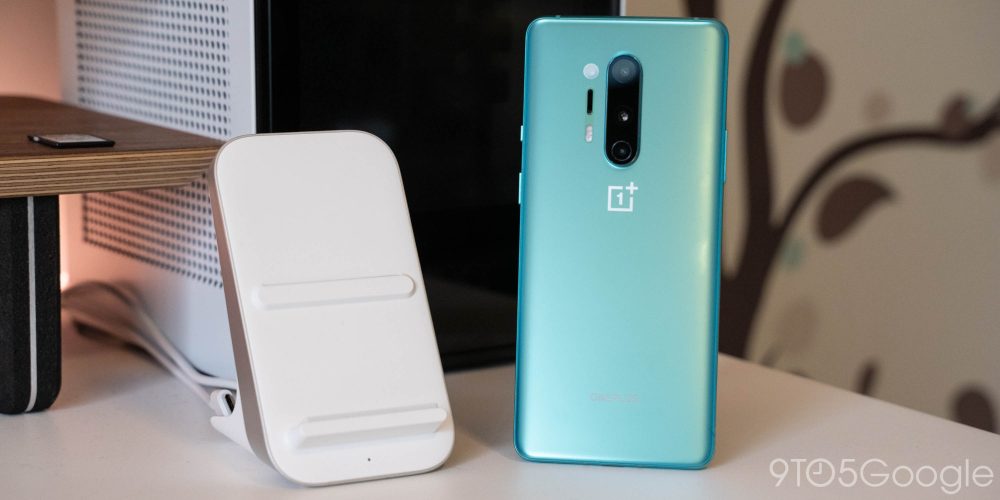
In a case of deja vu, OnePlus has opted to remove wireless charging from the OnePlus 11, with the explanation that charging is fast enough to the point where you don’t need it.
The OnePlus 11, a flagship smartphone released in the year 2023, lacks support for wireless charging. The Qi standard is not supported in the device in any capacity, with charging only available via a USB-C cable.
This would be the first major OnePlus flagship to lack the feature since the OnePlus 7 Pro, as the OnePlus 8 Pro, OnePlus 9 Pro, and OnePlus 10 Pro all featured wireless charging. OnePlus also left the feature out on last year’s OnePlus 10T, citing the speedy charging of up to 125W and the hardware for that system as the reason for the omission.
Why does the OnePlus 11 lack wireless charging? OnePlus straightforwardly says that users simply don’t need it.
In a media briefing, the company said that it feels that if the phone’s battery life is long enough and charging is fast enough, users simply don’t need to charge their phone as often. In a further statement provided to 9to5Google, OnePlus explains:
Our consideration is that if the wired charging is fast enough, and the device can last for one-day usage, then the scenarios for user’s need for wireless charging is limited. The OnePlus 11 is able to charge from 1% to 100% in just 25 minutes (27 minutes in North America), and in this case, users do not need to charge their phones frequently.
That might sound familiar, and it’s because it’s the exact same excuse OnePlus gave before it adopted wireless charging in the first place. In fact, it’s an excuse that was used over, and over, and over again. In 2017 OnePlus said that wired charging “clearly outshines” wireless charging. In 2018, Pete Lau said that OnePlus refused to “compromise” on slower wireless charging speeds and that OnePlus wouldn’t add the feature “just for the sake of it.” The too-slow argument was again used on the OnePlus 6T later that year.
In 2020 OnePlus finally adopted the feature with 30W speeds on the OnePlus 8 Pro, though we felt the company had missed the point of the feature with that push.

In a similarly confusing move on the OnePlus 11, OnePlus has also reverted to USB-A on its included charging cable and charging brick. During a media briefing, the company explained the move as being a benefit for customers who carry their cables, but specifically not the fast charging brick, to places such as hotels and airports where USB-C ports are still not common.
The OnePlus 11 launches in the US for $699, with open sales starting February 16. .
9to5Google’s Take
OnePlus is not necessarily wrong about speedy wired charging negating the need for wireless charging. That’s certainly true for a lot of folks. But the problem is that speed was never the point of wireless charging. Rather, it’s always been a feature aimed at convenience.
Regardless of how OnePlus feels about wireless charging, and how those arguments hold up in day-to-day use, the real problem here boils down to just one thing – OnePlus is actively removing features from its flagship smartphones.
And on top of that, these are not niche features. They are industry standards. Wireless charging is found in virtually every other smartphone the OnePlus 11 is competing with. It would be one thing if OnePlus ditched the alert slider (again), but removing features that customers have grown to expect is just, well, dumb.
Moving from USB-C back to USB-A is arguably even worse, as the USB-C charging brick included with the past several OnePlus smartphones doubled as a speedy charger for USB-C laptops and tablets, which are a standard. Saying this is a benefit for the niche situation of someone who brings solely a cable to a hotel or airport rather than the only charger than can recharge their phone at full speed just boggles the mind.
“Never Settle” though, right?

More on OnePlus 11:
- OnePlus 11 launches globally for $699 w/ Snapdragon 8 Gen 2, upgraded camera
- OnePlus 10 Pro vs. OnePlus 11: Two steps forward, one step backward [Video]
Author: Ben Schoon
Source: 9TO5Google



